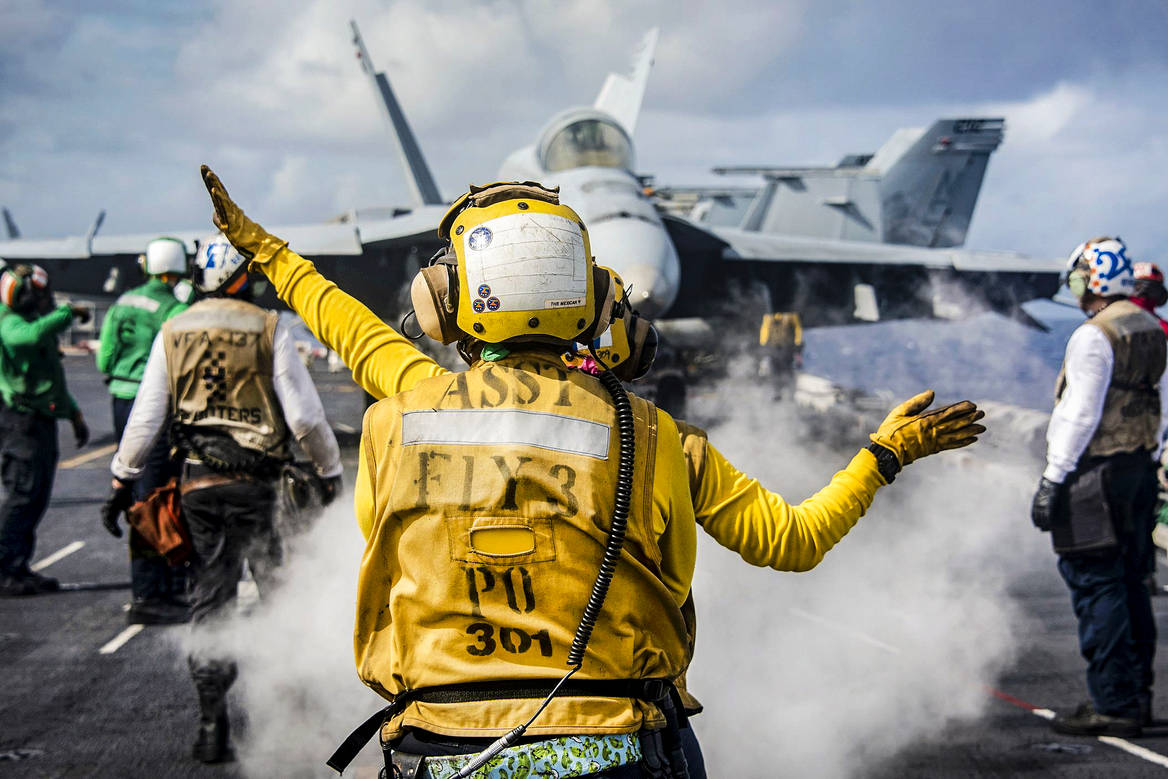This report looks at how a war in the Korean Peninsula could start and what might happen should it break out.
Executive Summary
- The UK government should continue to work with others to intensify international sanctions on North Korea and to support efforts to achieve nuclear restraint through diplomatic means.
- War is now a real possibility. With North Korea making rapid progress in its missile and nuclear programmes, time is not on diplomacy’s side. US President Donald Trump and his senior officials have said that America will not tolerate a North Korean ICBM threat to its territory and citizens, and that ‘classical deterrence theory’ is not applicable. The president has told the UN that ‘Rocket Man [Kim Jong-un] is on a suicide mission for himself and for his regime’.
- The war could start in a variety of ways: North Korea could strike first if it believed that the US were moving towards a surprise attack; or a US attack might be triggered by North Korean test missiles hitting the ocean near Guam or California.
- If war were to begin, it is likely to involve a large-scale US-led air and cyber offensive at an early stage, followed by massive North Korean retaliation against South Korea and US bases in the region, using conventional, chemical and possibly nuclear weapons. In these circumstances, a full-scale invasion of North Korea would be highly likely.
- Casualties in such a conflict would likely reach the hundreds of thousands, even if no nuclear weapons were used. There could be far-reaching consequences for the global economy, involving sustained disruption of vital supply chains and markets.
- If the US were to launch a preventive strike without South Korea’s agreement, it would be seen as signifying a willingness to ‘sacrifice Seoul.
WRITTEN BY
Malcolm Chalmers
Former Deputy Director General, RUSI


